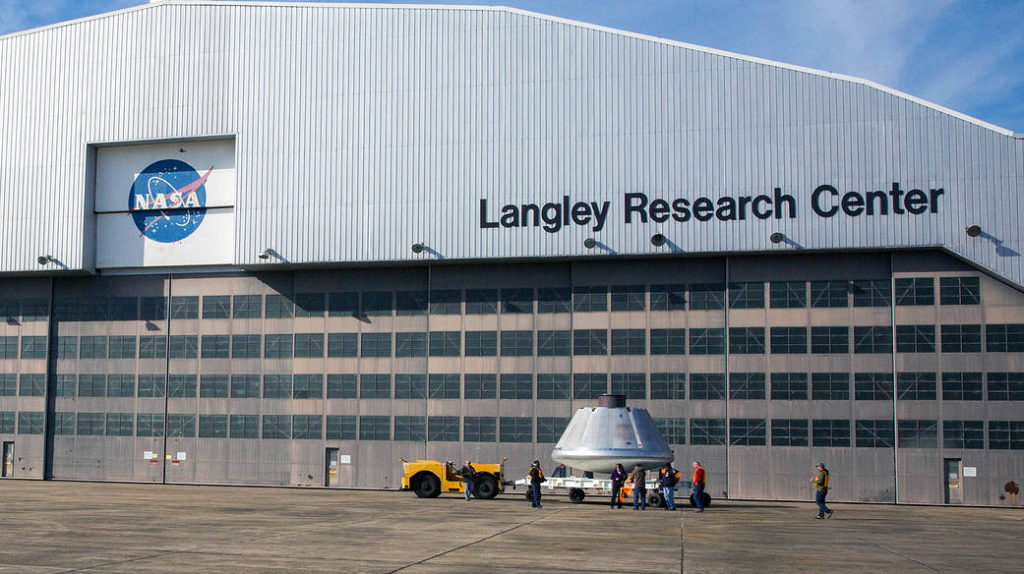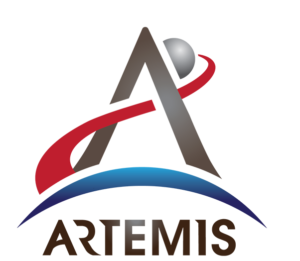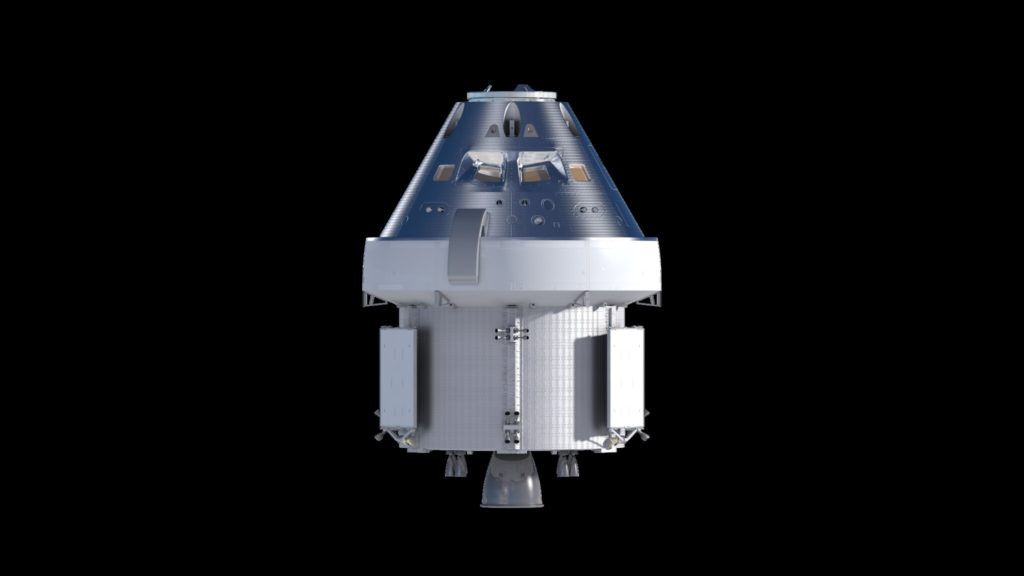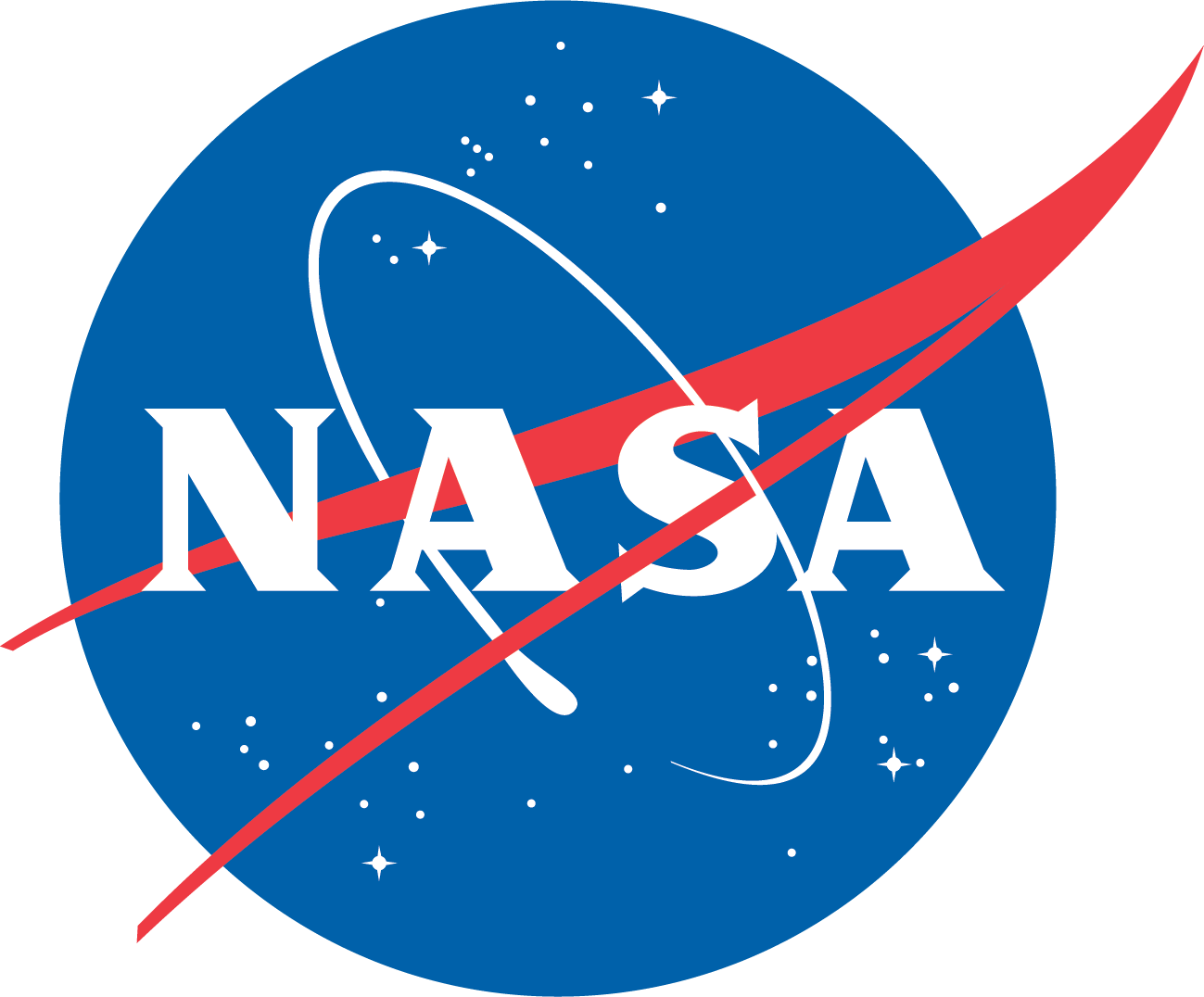Orion Crew Module
Activity Summary
Status: Active
Its eyes set on moon, NASA is developing an advance spacecraft capable of deep-space exploration. Named after one of the most recognizable constellations, Orion will serve as the vehicle to land the first women and next man on the lunar surface. When partnered with the NASA’s Space Launch System, Orion will not only take astronauts back to the moon but also on deeper space missions, including missions to Mars.
VAB Contributes Over a Decade of Strategic Analysis
SACD’s own Vehicle Analysis Branch (VAB) at Langley Research Center has supported the Orion mission for more than a decade. Leveraging its expertise in systems analysis, the branch has made contributions to both the unmanned Artemis 1 mission and to Artemis 2, which will carry a crew of American astronauts around the moon’s orbit.

VAB Develops Crew Module for American Astronauts
The branch’s primary contributions to Orion have been to the crew module, which will sustain astronauts during the days-long journey to the moon and future extended space missions.
The crew module will provide astronauts with food, water, and oxygen and protect the crew from hazards like space radiation. While human habitats on the Gateway will support future long-term missions, the Orion crew module will serve as the habitat for the early Artemis missions.
Specifically, VAB personnel have collaborated on control design, requirements development and validation for Artemis 2. The controls developed by VAB will allow the Artemis crews to manually pilot the spacecraft if autopilot controls fail on route to the moon’s orbit. These and other safety features will ensure astronauts’ safety and provide contingency measures in the event of system failures.
VAB Sets a Course for Artemis
VAB has also worked to perfect the crew module’s entry, descent, and landing trajectory beginning with the Exploration Flight Test-1, Orion’s first test flight in 2014. Designing aerospace trajectories requires VAB personnel to perform complex and extremely accurate calculations to ensure both mission success and the safety of NASA astronauts and vehicles. VAB has made significant contributions to the ongoing trajectory work for the Artemis 2 mission and its crew of astronauts, which will orbit the moon before returning to earth.
Branch personnel visited Orion at Kennedy Space Center in Florida to test the spacecraft’s hardware before the Artemis 1 launch. The final tests mark the last steps toward the Artemis program and Orion’s first mission.
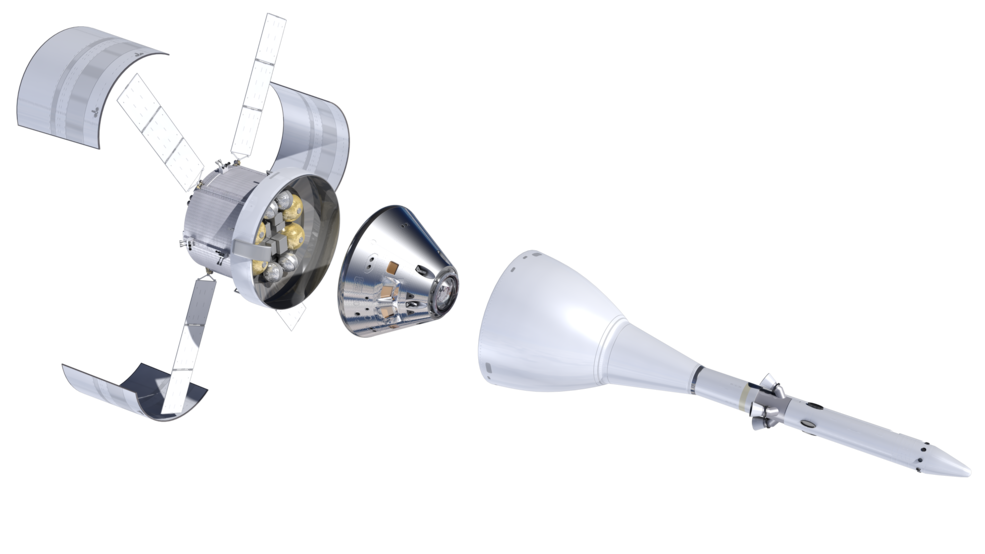
Continued Support and Moving Forward
VAB continues to support Orion as the study transitions from testing to the quickly approaching Artemis missions. Beginning with unmanned and manned flights around the moon’s orbit, Artemis will land the first women along with three other astronauts on the lunar surface and pioneer the first sustainable presence in deep-space aboard the Gateway. From system engineering to trajectory design, VAB and SACD are lending their full-range of expertise to NASA’s new era of exploration.
